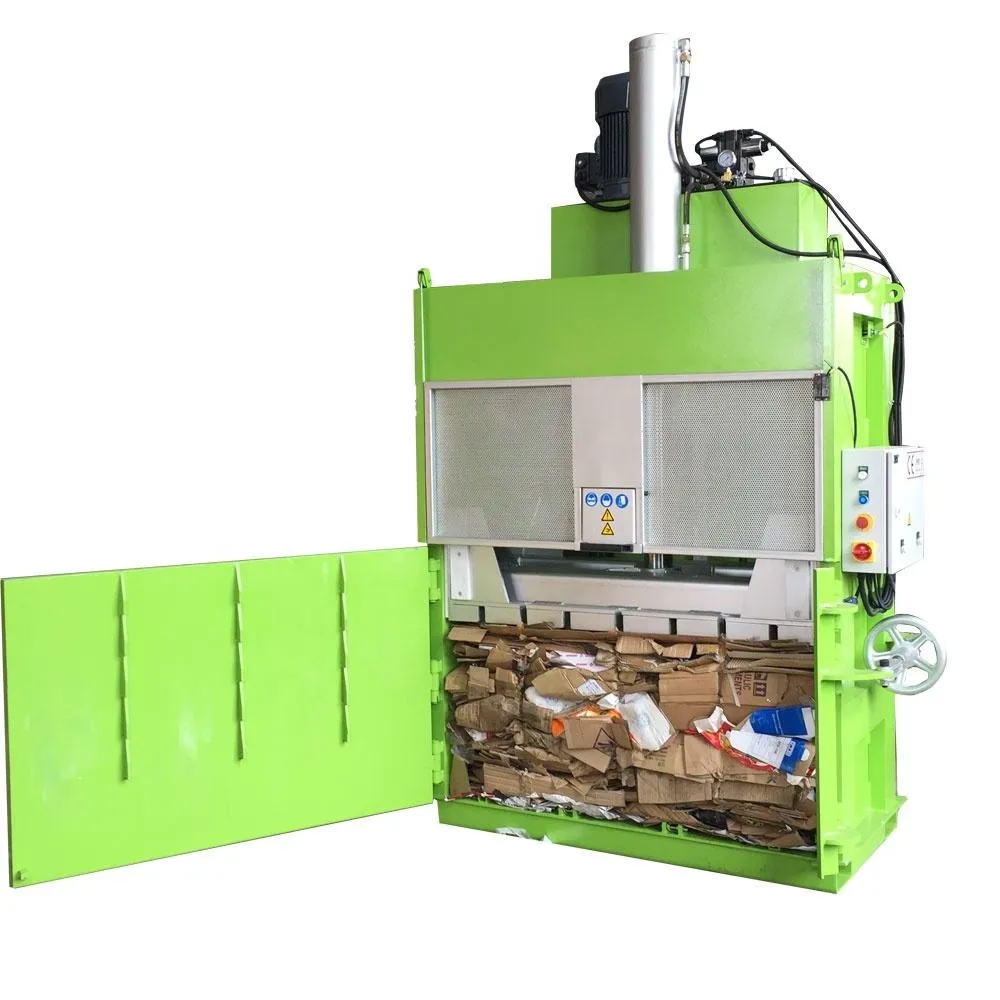Recycling balers are an essential piece of equipment for any business that generates waste materials. These machines compress waste into compact bales, which can then be easily transported and recycled. Recycling balers offer a number of benefits for businesses, including:
- Reduced waste disposal costs: Recycling balers can help businesses reduce their waste disposal costs by compressing waste into smaller, more manageable bales. This can save businesses money on landfill fees and transportation costs.
- Improved efficiency: Recycling balers can help businesses improve their efficiency by reducing the amount of time and labor required to sort and transport waste. This can free up employees to focus on other tasks, such as production or customer service.
- Environmental benefits: Recycling balers can help businesses reduce their environmental impact by diverting waste from landfills. This can help to conserve natural resources and reduce air and water pollution.
Types of Recycling Balers
There are two main types of recycling balers: horizontal and vertical. Horizontal balers are the most common type and are typically used to bale materials such as cardboard, plastic, and metal. Vertical balers are less common but are well-suited for baleing materials such as wood, tires, and paper.
When to Use a Recycling Baler
Recycling balers are a good option for businesses that generate a significant amount of waste. These machines are particularly useful for businesses that produce large volumes of cardboard, plastic, or metal. Recycling balers can also be a good option for businesses that want to improve their efficiency and reduce their environmental impact.
How to Choose a Recycling Baler
When choosing a recycling baler, there are a few factors to consider, including:
- The type of waste you will be baling: Horizontal balers are the most versatile type and can bale a variety of materials. Vertical balers are better suited for baleing bulky or heavy materials.
- The size of your business: The size of your business will determine the capacity of the recycling baler you need.
- Your budget: Recycling balers can range in price from a few thousand dollars to tens of thousands of dollars.

Conclusion
Recycling balers are a valuable investment for businesses that generate waste materials. These machines can help businesses save money, improve efficiency, and reduce their environmental impact.
Here are some additional tips for choosing a recycling baler:
- Get quotes from several different manufacturers.
- Read reviews of different models before making a decision.
- Make sure the baler you choose is compatible with the materials you will be baling.
- Consider the maintenance requirements of the baler you choose.
By following these tips, you can be sure to choose the right recycling baler for your business.
INQUIRIES
To get the latest prices and lead times, send us a message using the form below.
[contact-form-7 id=”c9499fe” title=”Contact form 2″]



